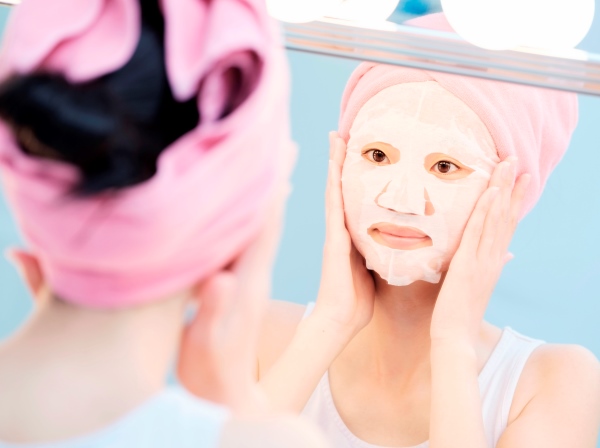Asia continues to lead the world in sheet mask usage – and creation – according to the latest research by global market intelligence agency Mintel.
Asia accounted for 76 percent of all global sheet mask launches in 2016 while Europe and the US accounted for just 16 and eight percent respectively.
Most of the Asian launches came from the north with China accounting for 28 percent of global sheet mask introductions, followed by Taiwan (12 percent), South Korea (10 percent), Hong Kong (seven percent) and Japan (six percent).
Speaking at this year’s In-cosmetics Asia conference, Mintel beauty and personal care analyst Sharon Kwek said that there is little doubt that “the birthplace of the sheet mask” is also the world’s largest sheet mask innovator.
“Asian consumers are the biggest users of facial masks and include masks as part of their regular skincare routine,” she said.
According to the company’s research, over half of Chinese women say “facial masks are the best first-aid skincare products and 59 percent of Chinese women aged 30-39 say they feel happy after using a sheet mask.
Seventy six percent of Chinese women aged 20-49 say they use facial masks to provide hydration, while 59 percent use them for whitening and 47 percent for pore refining.
Despite the growing popularity of sheet masks in Asia, it appears that European and American consumers are lagging behind in usage.
Mintel’s research shows that just 12 percent of women in the UK, 10 percent in France, 10 percent in Germany and eight percent in Spain have used a sheet mask in the last 12 months while only eight percent of females in the US use facial masks as part of their skincare routine.
Kwek is nonetheless confident that the facial mask trend will gain strength in the West “as it becomes part of a regular beauty routine for consumers”.
“Consumers curate their own facial mask routines according to skin type, lifestyle and product offering, “she said.
“In the future, this will drive new product development with different positioning claims and ingredients will be chosen to match different facial mask formats which deliver maximum efficacy.
“Brands can look to include local ingredients to appeal to consumers who don’t currently use facial masks, and can slowly introduce Asian ingredients that are increasingly of interest to consumers in the global market.”

